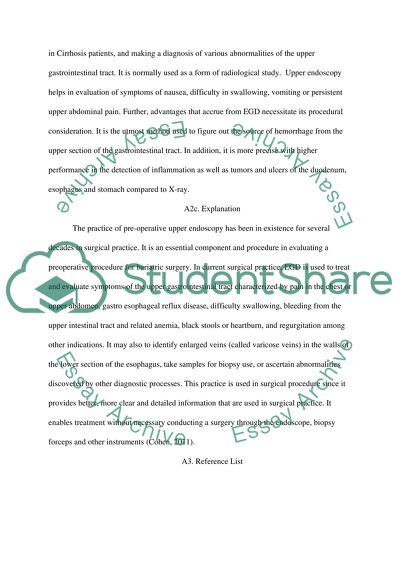Cite this document
(“Esophagogastroduodenoscopy Essay Example | Topics and Well Written Essays - 1250 words”, n.d.)
Retrieved from https://studentshare.org/health-sciences-medicine/1395790-esophagogastroduodenoscopy
Retrieved from https://studentshare.org/health-sciences-medicine/1395790-esophagogastroduodenoscopy
(Esophagogastroduodenoscopy Essay Example | Topics and Well Written Essays - 1250 Words)
https://studentshare.org/health-sciences-medicine/1395790-esophagogastroduodenoscopy.
https://studentshare.org/health-sciences-medicine/1395790-esophagogastroduodenoscopy.
“Esophagogastroduodenoscopy Essay Example | Topics and Well Written Essays - 1250 Words”, n.d. https://studentshare.org/health-sciences-medicine/1395790-esophagogastroduodenoscopy.


